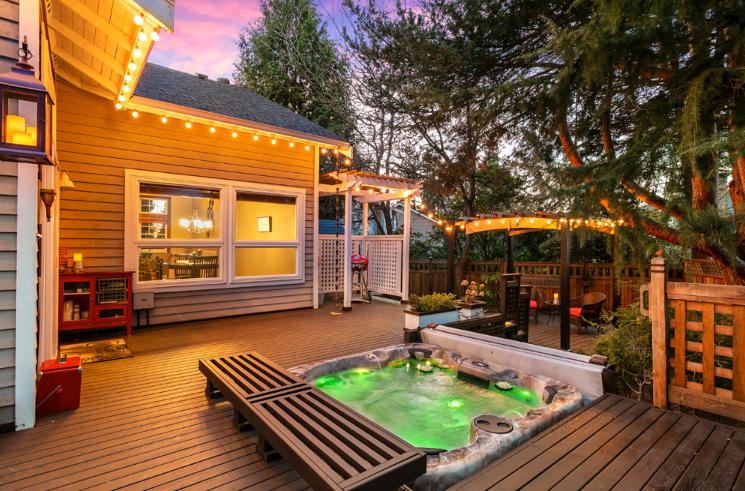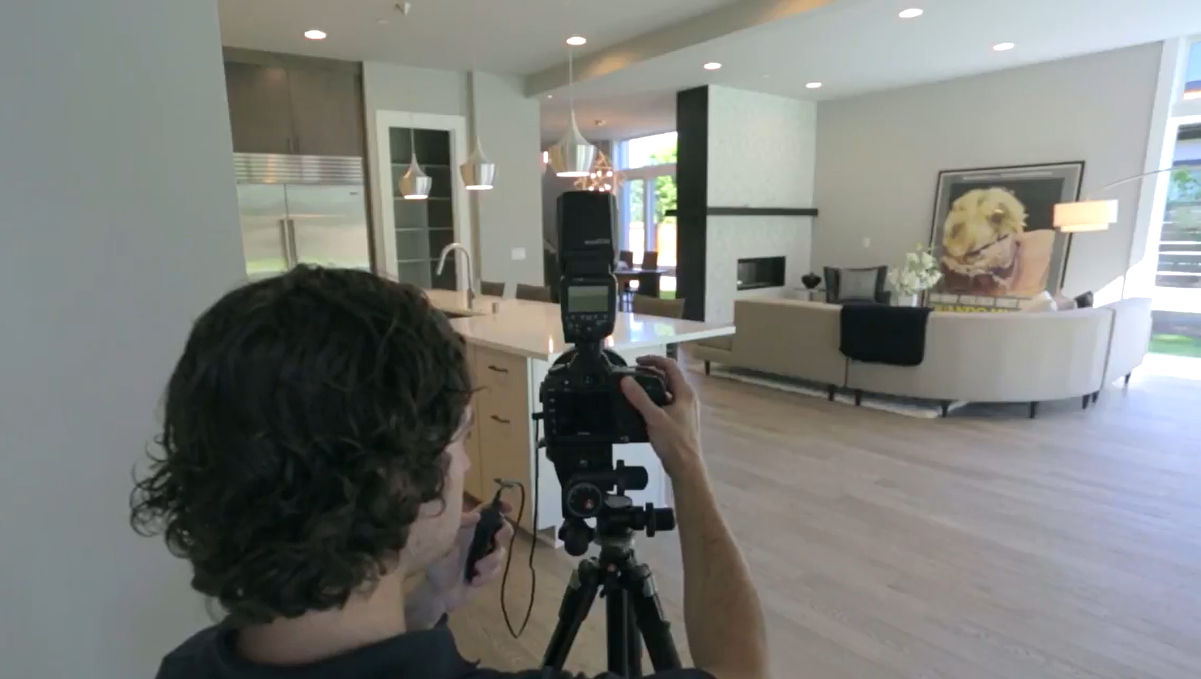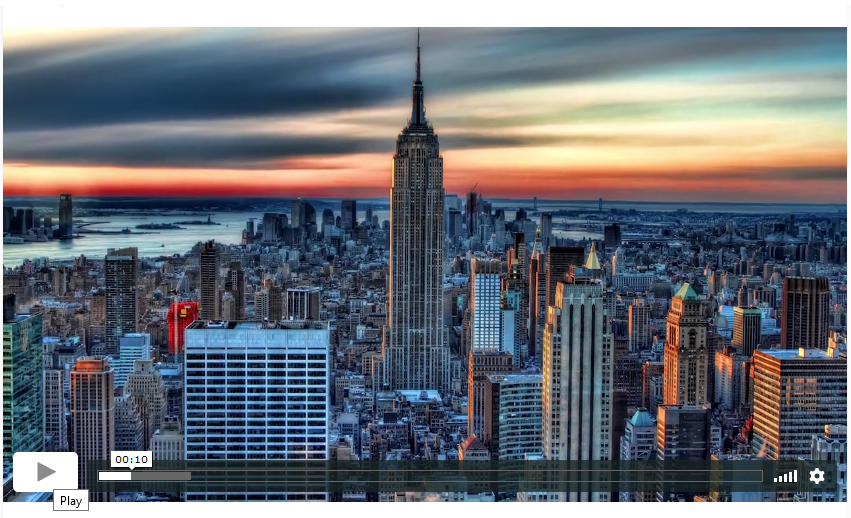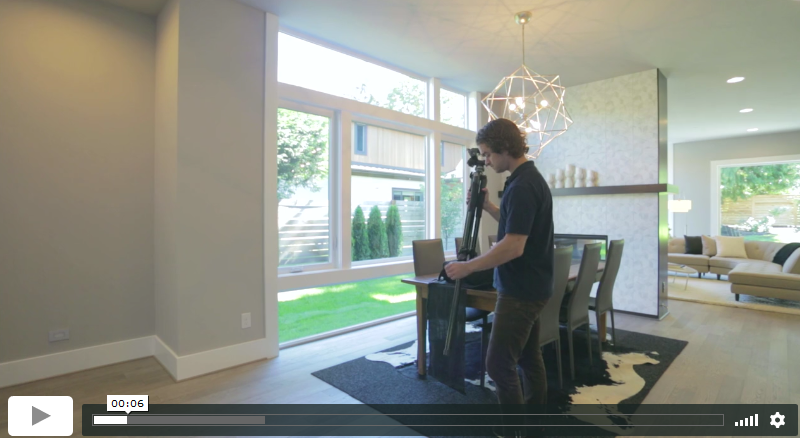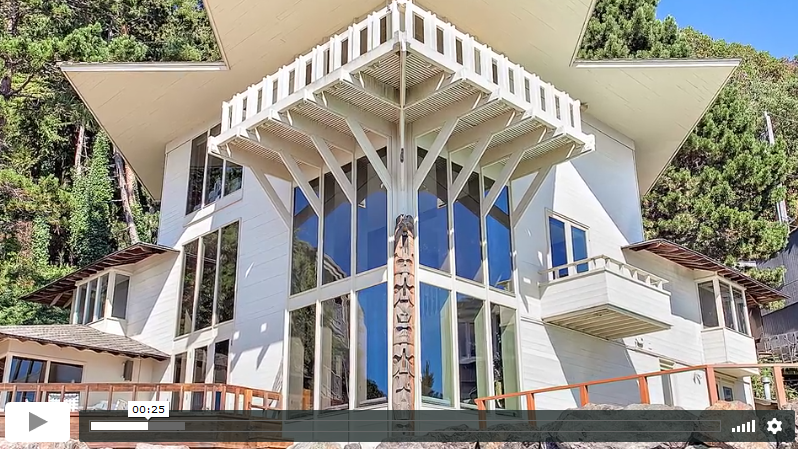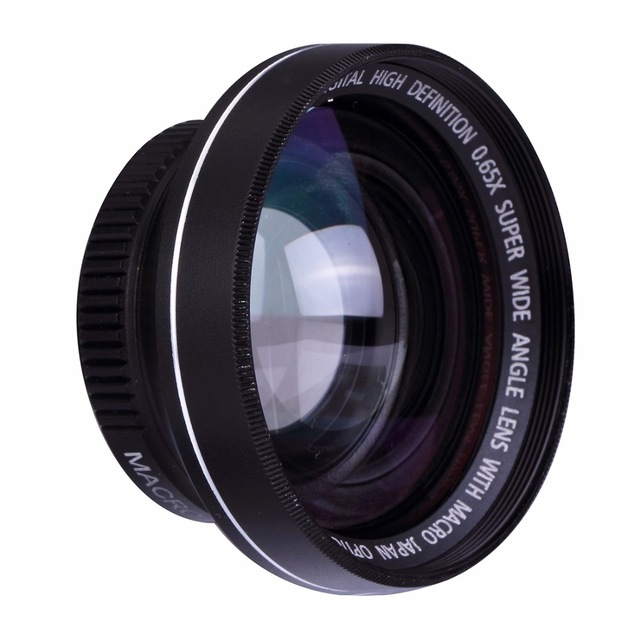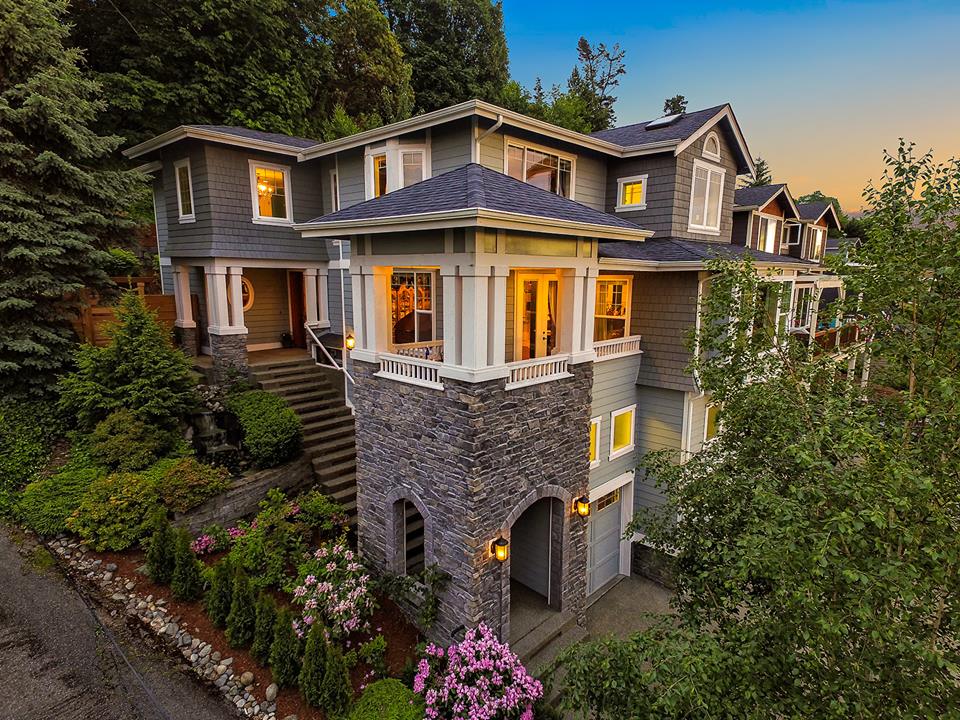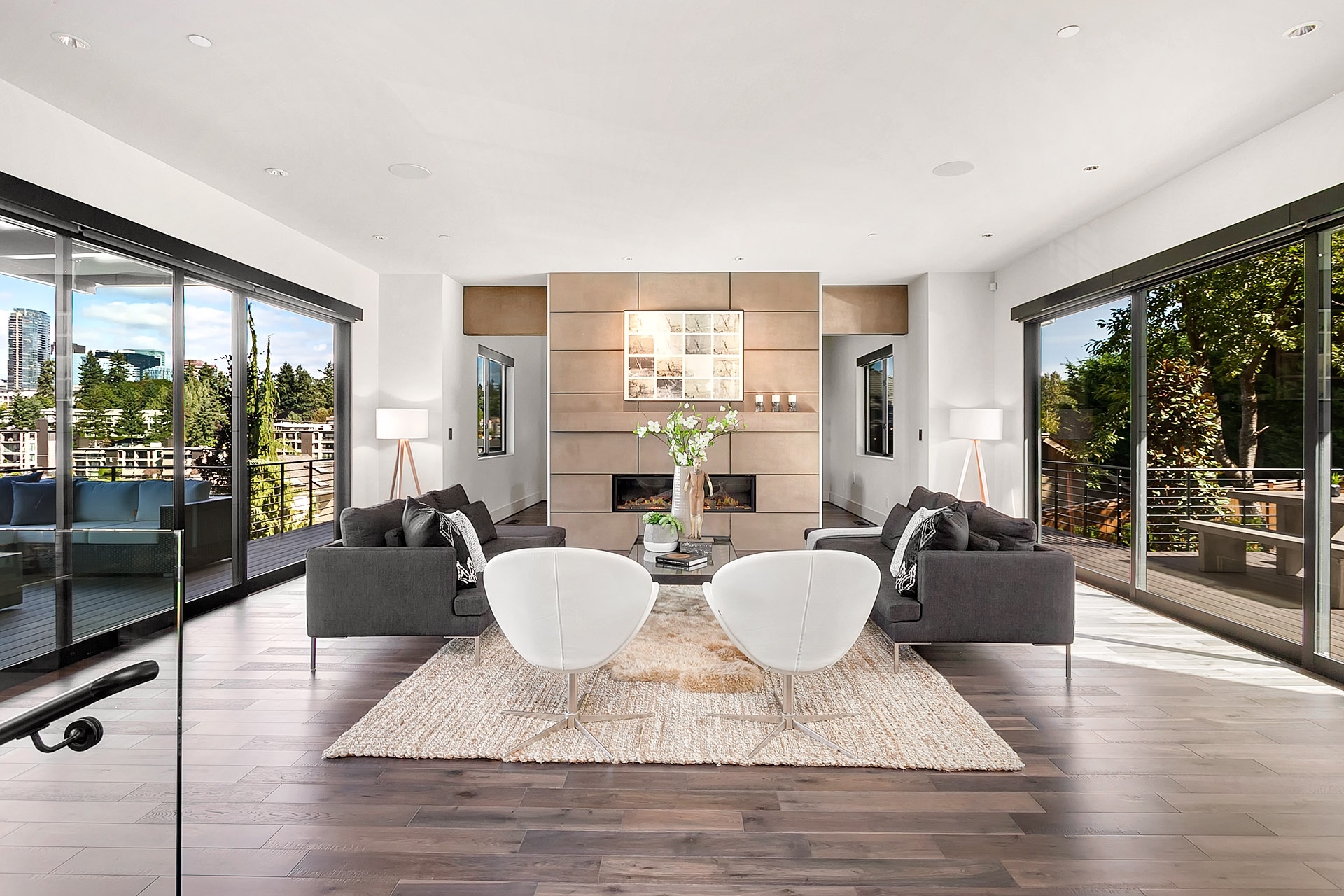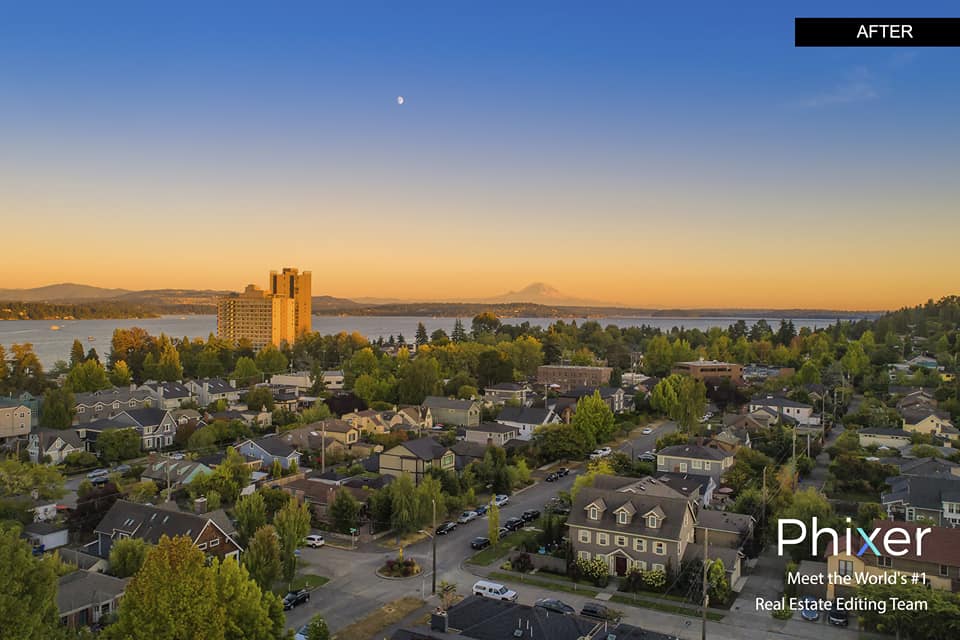Professional real estate photographers are growing due to the increased interest of many people in the real estate industry. Adobe Lightroom—one of the most popular post-production tool, is an excellent help in creating an ideal high-quality picture of the building or room for photographers in just one click. This software gives a long list of presets and plugins that are available which help you save a lot of time during your photo-editing process.
Photographers know how time consuming editing photos is. Lightroom Presets allow beginner and expert photographers to edit pictures with a lot of ease instead of using manual editing. Presets—paid or not—offer pre-determined settings in clusters according to specific themes. These visuals are easily obtainable oftentimes. On the other hand, plugins make Lightroom even easier to use while adding a new dynamic to your editing process which results to editing being a simple task to do. Plugins are responsible for the extension of Lightroom’s capabilities, and these are what most people overlook.
The Top 10 Plugins
This article will introduce ten Lightroom plugins for real estate photo editing.
First on the list is The Fader. This functions as a master slide which takes control all the different tools within Lightroom. When you move the slider, all the edits a certain preset makes will be adjusted at the same time and in equal measurements. This simply means that The Fader’s main advantage is very visible when you are using presets. Sometimes cases like this happen: you apply a preset to one image and it looks great, but when you apply it to another one, it will be completely over the top resulting to a terrible image. Normally, you would reduce each tool one by one, but using The Fader, you can reduce them all at once using the slider.
Next is the LR Backup, a tool that backs up your Lightroom catalog. Sure, this one does not do anything when it comes to the main process of editing, however, it is important to backup tour catalog because this contains a record of every edit you have made to your image. The standard backup tool provides backups of your RAW files, but this LR Backup provides the backup of your Lightroom catalog. Without this, it will be just RAW images without any editing applied. LR Backup lets you make manual backups of the Lightroom catalog without having to exit the program and it has the ability to schedule the backups you made—and this backup is compressed to almost 10% of its original size, which is very useful when you have a large database of edited images.
Another useful plugin is the Focus Mask by Capture Monkey. This plugin highlights the parts of the image that are in focus, the same way what focus masking does in your camera. This helps you to choose the best shot between two or more similar images of the place in just a glance.
The next plugin is quite special, but some people might be against it. Photolemur is a plugin that automatically edits your photos in a single click. It uses artificial intelligence (AI) to create the best edit possible in order for you to focus your time on other aspects of photography. Photolemur is a standalone product, but can also be set up as an LR plugin. This plugin doesn’t have a free version you can try before you buy. It is only available as a paid product.
Following Photolemur is Sleeklens. This one offers Lightroom presets and brushes in order for you to enhance the beauty of the exteriors and interiors of the houses you took a photo of in a few clicks. Just like Photolemur, this plugin is a paid product and unfortunately, does not have a free version.
There is this plugin for Lightroom called Photomatix Pro too. It is a plugin that lets you select a bracketed photo or photos set in Lightroom and then export it to Photomatix Pro for HDR processing. After that, reimport the final output back to your Lightroom library.
Next in line is VSCO Film. These revolutionary VSCO presets and camera profiles work very well with Adobe Lightroom and Adobe Camera Raw. There are custom camera profiles available for different camera brands namely Canon, Fuji, Leica, Nikon, Olympus, and Sony. This VSCO film plugin has many presets that come in packs, each pack based on a particular theme. These presets have very versatile saved settings, that give a perfectly shade to the photo, make bright colors, and soft tones.
Mastin Labs plugin comes with products that make your photos look like film. This one is similar to VSCO Film. It comes in packs and include presets that enhance your picture and be in its very best. As it is similar to VSCO Film, it comes with a price as well.
The next preset pack comes from Trey Ratcliff. This collection is ideal for travel photography but can also be handy for real estate photography. In Winter Wonderland, you’ll find presets that are perfect for the cold season of the year. In contrary to this, Nicolesy’s Matte Lightroom Preset pack adds a vintage, worn out look. This softens the blacks and adds a slight split toning effect.
Lastly, Grain and Film plugin adds that retro film feel to your photos. It has the vintage film, black and white, grain and noise, and cinematic effect presets that somehow give off a nostalgic feel to the exteriors or interiors of the house. There is also the Kodachrome Film preset available. This is a tremendous preset that adds a movie style and drama looks to your masterpieces presented to the clients.
Lightroom helps you organize and edit the images you took. The introduced plugins and presets are very useful for real estate photographers to create exceptional and high-quality images of buildings, houses, and rooms. With these, the editing process will surely be very much easier for you.
